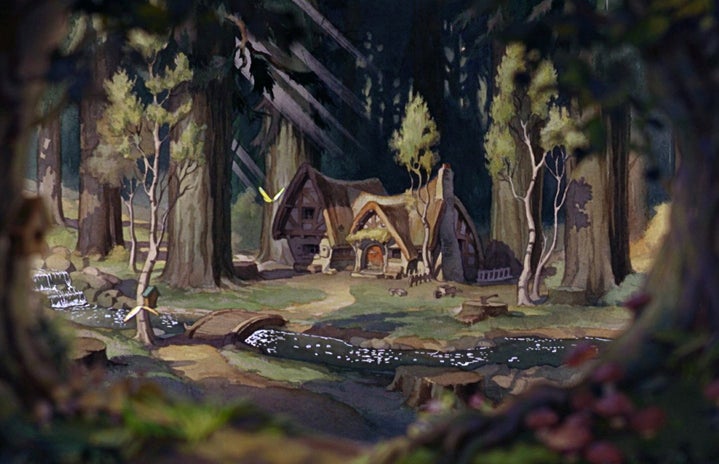Formed over 6,500 years ago, the Okefenokee Swamp consists of over 700 square miles of wetland located in the southeastern corner of Georgia and is one of the oldest and best preserved freshwater areas in the United States. The name, Okefenokee, is believed to have originated from the original inhabitants of the region, the Indigenous Creek people, and is said to translate to “waters shaking”.
As North America’s largest blackwater swamp, the majority of the wetland is located within the Okefenokee National Wildlife Refuge or Okefenokee Wilderness, both of which are protected from human destruction in order to properly preserve the National Natural Landmark and the 620 species of plants and 424 species of animals that are found there. However, even though the swamp itself is protected, it still faces various environmental threats.
So why is the swamp in danger? Illegal poachers? Infrastructure development? Climate change? It’s probably not the reason you’re thinking. In fact, the reason the swamp is in danger is because people want sand. Well, it’s not exactly the sand, but rather titanium and a few other valuable minerals that comprise 1.5% of the sand’s composition.
Of course, the Okefenokee itself is protected so there won’t be any sand mining happening there. But there are current proposals from a company called Twin Pines Mineral to mine on a barrier island, known as Trail Ridge, that is adjacent to the swamp. Although Twin Pines fully intends to return all sand to the location after sorting through for the valuable minerals, there is still a huge risk present to the swamp from mining.
Not only would the excavation ruin the natural landscape adjacent to the mining site, but it would also increase leakage into the soil, a process that would drain the swamp levels and take decades to restore. Additionally, returning the sand back to the location after excavation would essentially ruin the existing established layers within the soil that are extremely crucial for wildlife survival. Beyond the soil composition alone, this kind of change in water levels and physiography of the location would be catastrophic to the wildlife living there and would be a tragedy for this beautiful habitat. Not only would the mining harm the areas adjacent to the Okefenokee, but the Trail Ridge location itself is a crucial ecological location with its own wildlife and landscape.
But why are companies so insistent on this region in the first place? Believe it or not, this isn’t the only location where these minerals can be found and mined as a natural resource. In fact, there are plenty of other sandy areas with the same sought-after minerals, including many other Georgia barrier islands with less ecological and historical importance. However, the most appealing aspect of this particular location is that Trail Ridge is in an area of extreme poverty, and therefore is significantly cheaper to purchase land compared to many other viable mining sites.
Twin Pines Minerals is not the first company to create plans to mine on this exact island, but they are the first company to get this close to actually harvesting the natural resource. Twin Pines mining plans were swiftly pushed forward after the Trump administration rolled back previous water protecting rules administered during Barack Obama’s presidency, and now, as of October 2022, the mining proposal is in the process of receiving a permit through the Georgia Environmental Protection Division and Charlton County, where the proposed mine is located. While there were previous laws enacted to protect lands like those in the Okefenokee, recent changes in legislation have made it so the areas adjacent to the swamp are no longer protected at the same capacity. With no regulations in place to stop the mining, all that’s preventing Twin Pines Minerals from excavating the swamp are required permits. However, these permits have yet to be given to Twin Pines Minerals, so we are currently in a brief, yet, pressing state where direct action is heavily required to prevent further progression of the mining plan.
One of the most efficient ways to help protect the Okefenokee from potential mining dangers is to do your part as a citizen and reach out to those with the most power in the situation. You can help by writing to local politicians and Environmental Protection Officers to show support against mining, and many nonprofit organizations provide profiled-out letters and submission forms like the ones at The Nature Conservancy and Protect Georgia. You can also take action by emailing the Georgia Department of Natural Resources at TwinPines.Comment@dnr.ga.gov or if you’re able, you can donate directly to the Georgia Conservancy.
For more information on the importance of the Okefenokee Swamp and the dangers of mining there, check out the following resources:


